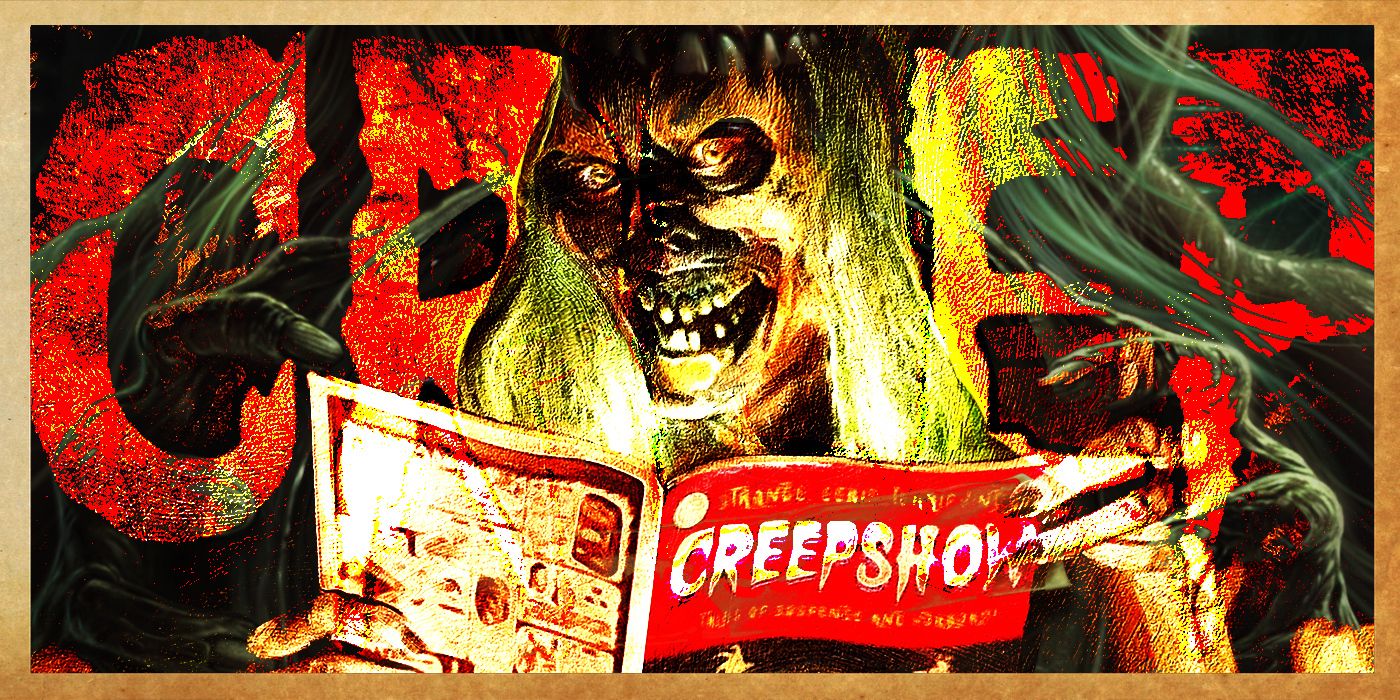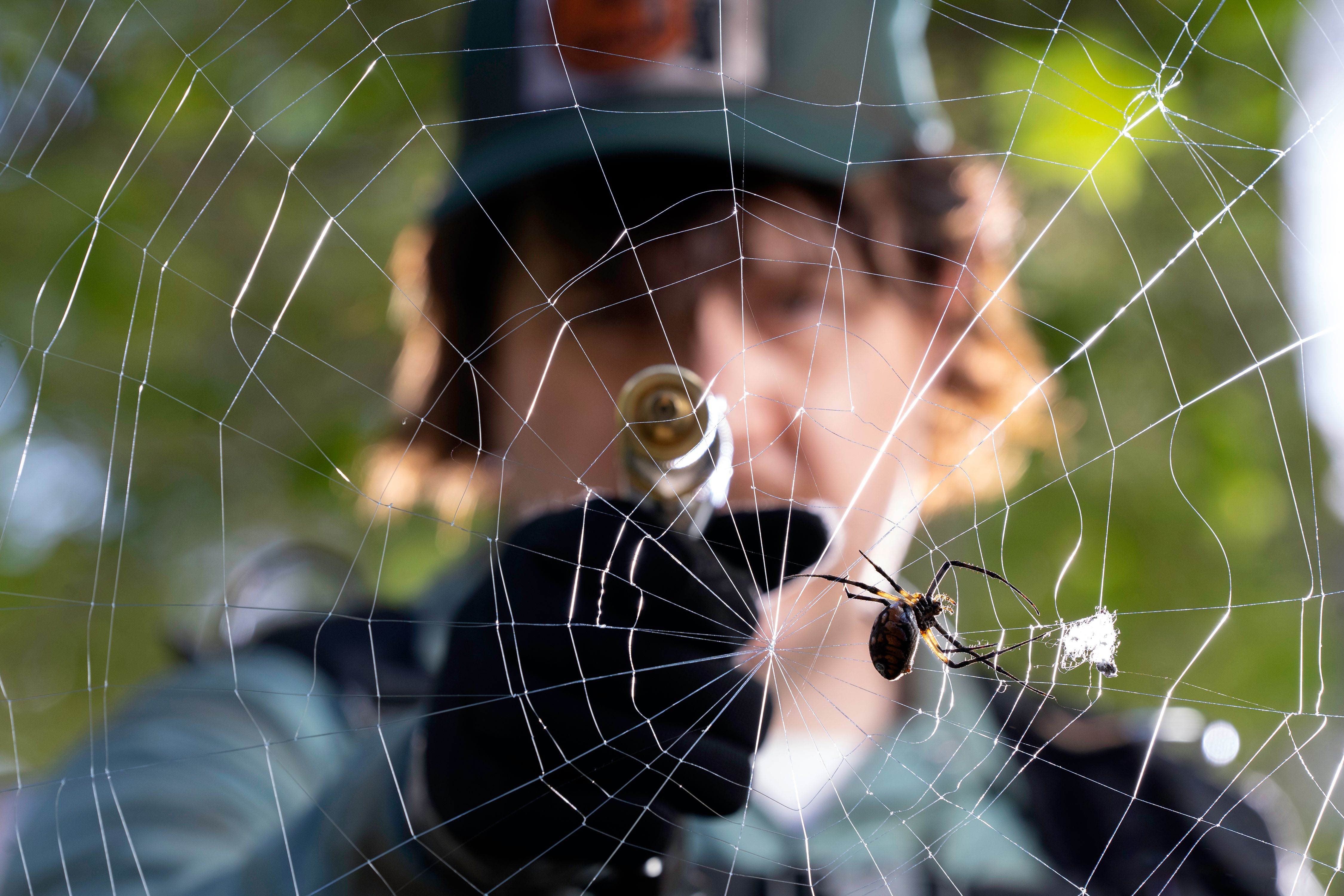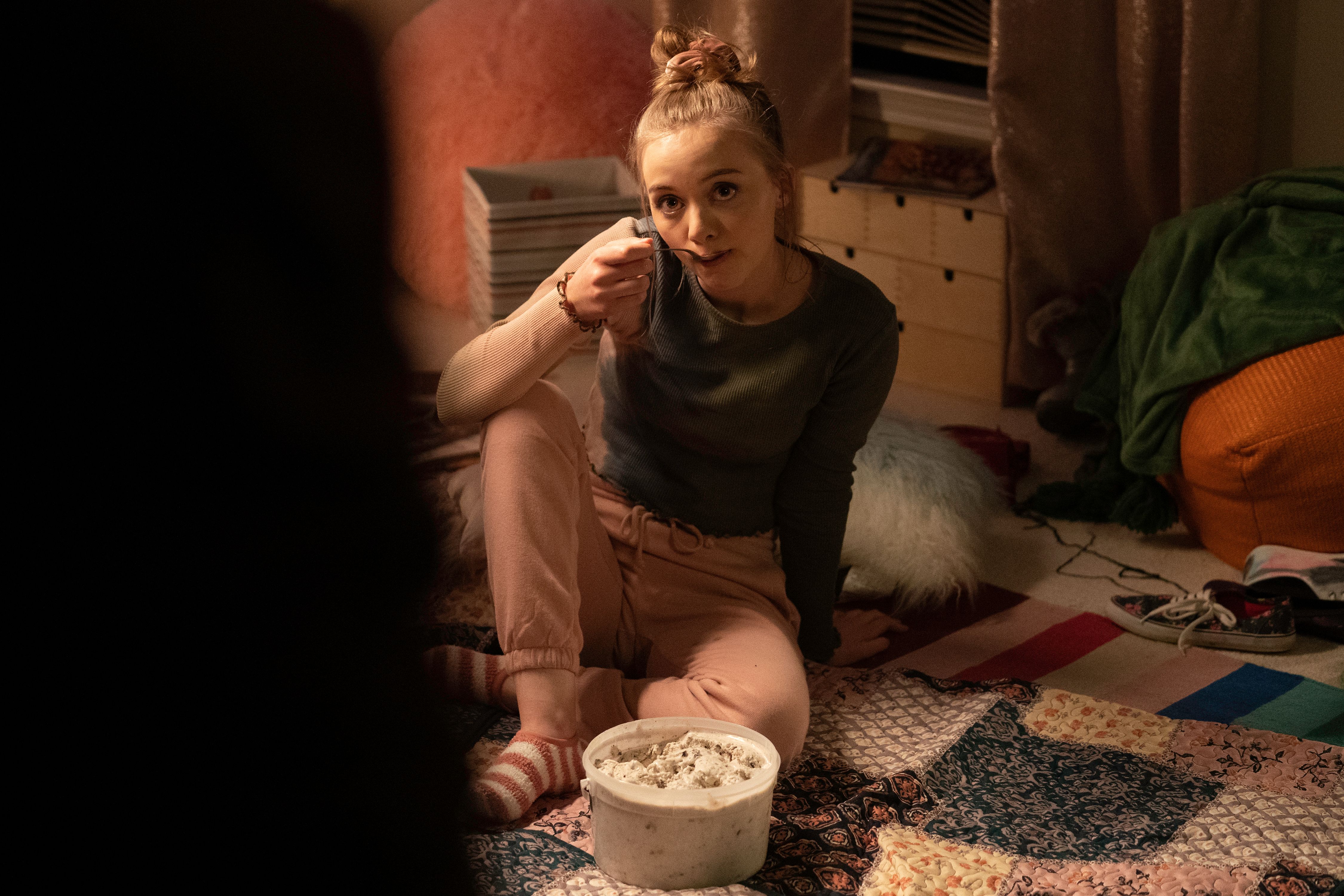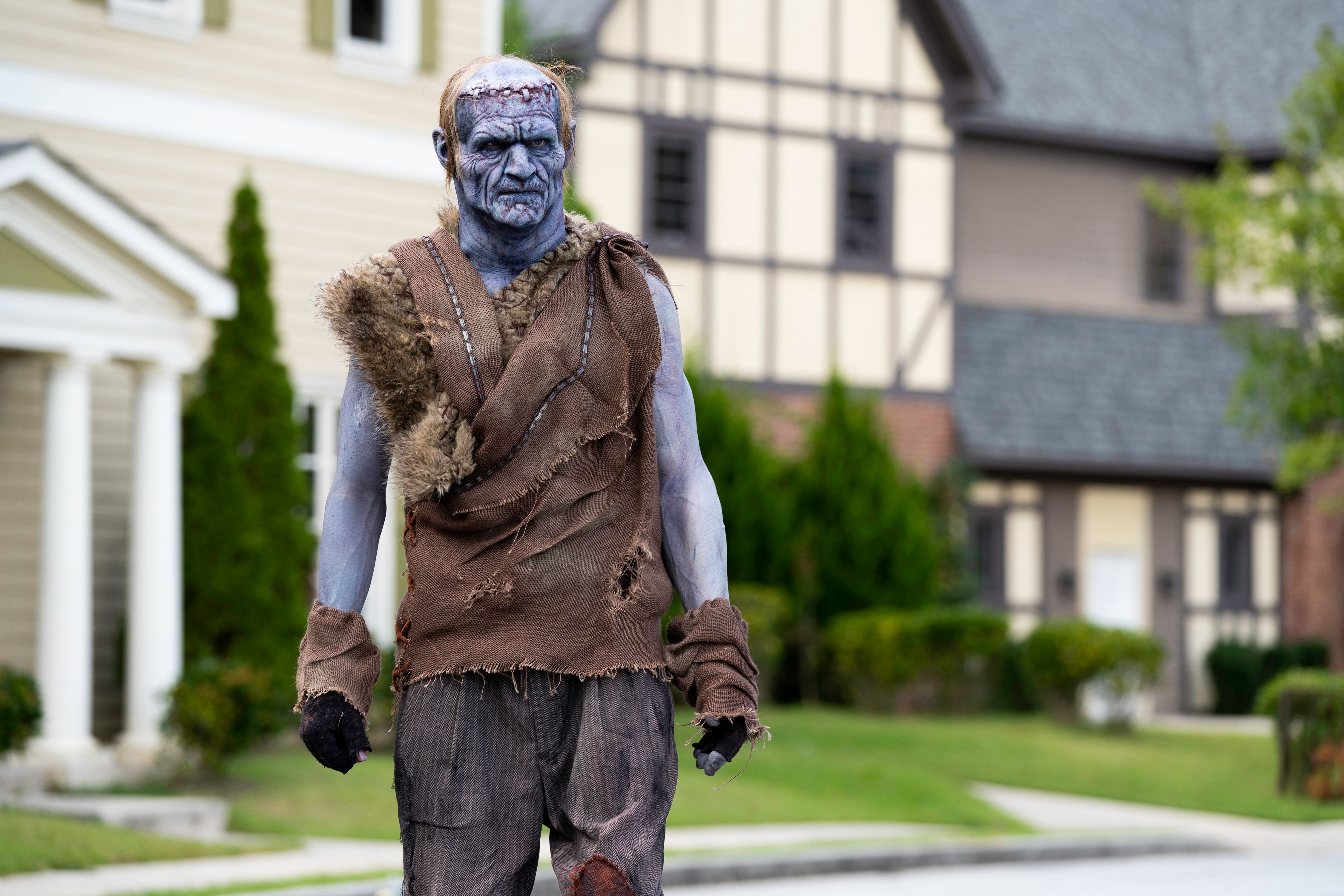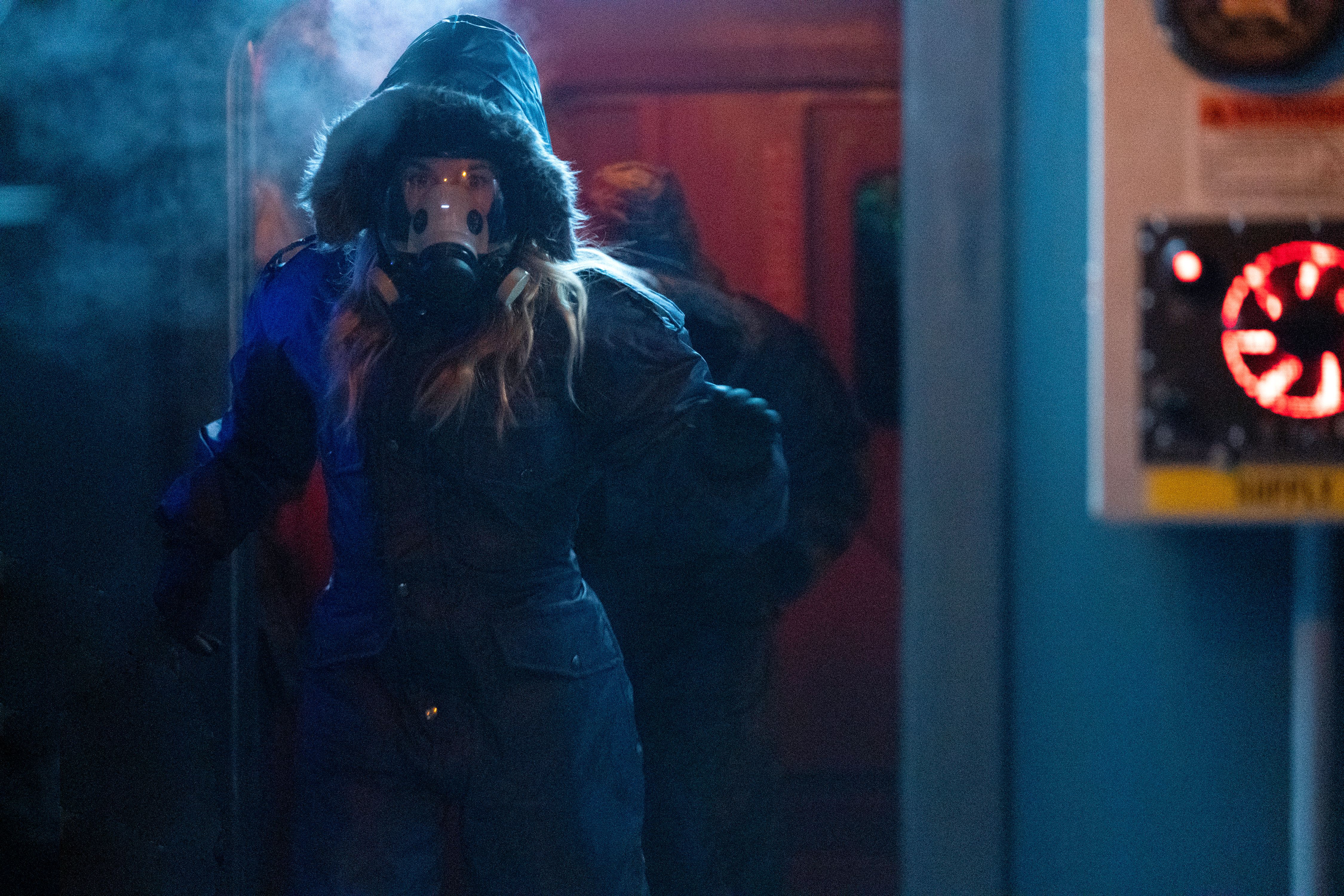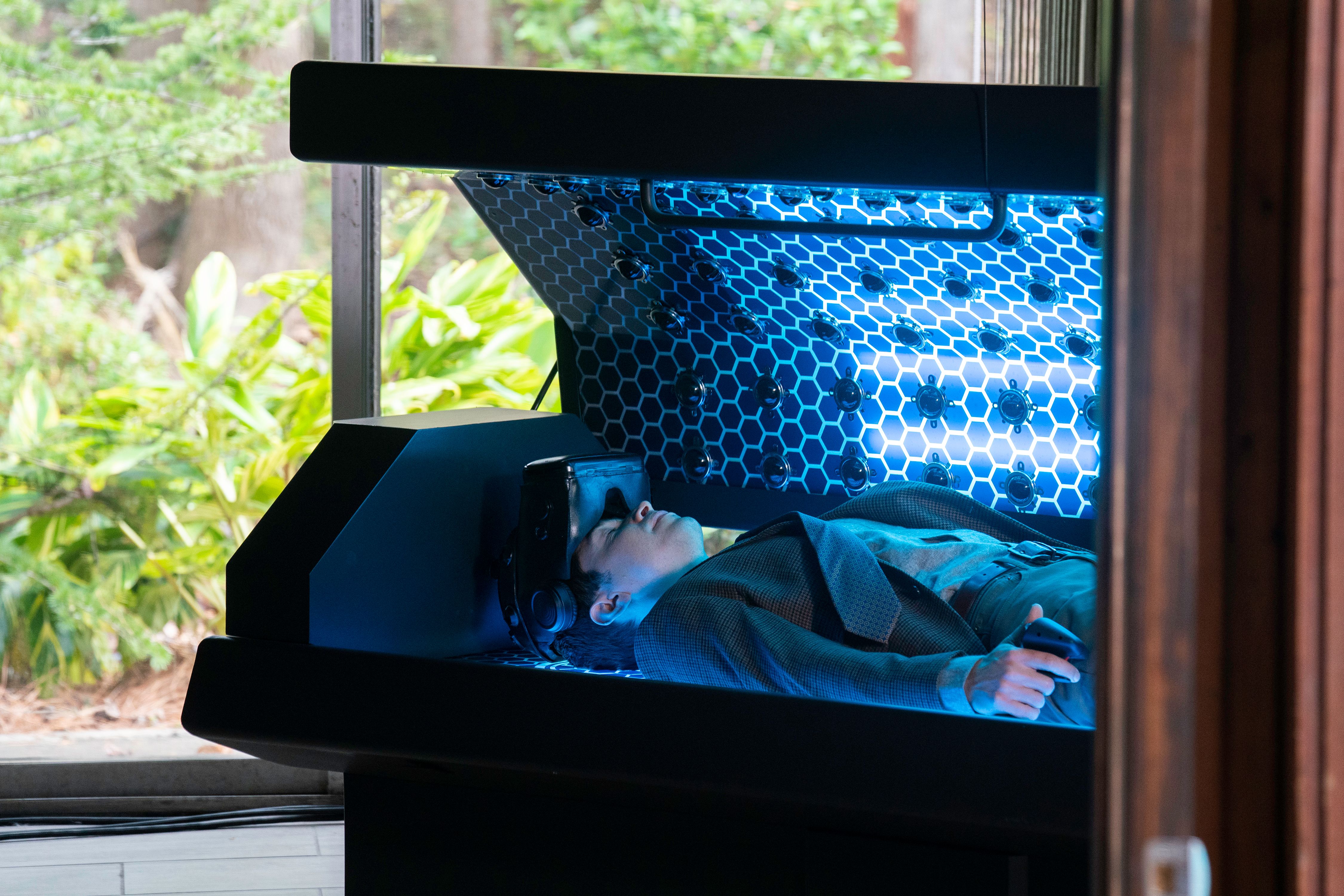Creepshow has enjoyed a long shelf life since its introduction to the horror genre as a 1982 feature film. Featuring stories written by Stephen King and directed by George Romero, the anthology film was a box office success and boasted acting legends like Hal Holbrook (The Firm) and Adrienne Barbeau (The Fog). Two sequels followed, Creepshow 2 in 1987 and Creepshow 3 in 2007, before the direct-to-DVD release of the latter caused the franchise to fizzle out. That is, until streaming network Shudder brought it back to life.
A new Creepshow series aired in 2019 that resurrected the show's penchant for campy thrills and horror tropes. Some of the stories in the first season included a wish-granting monkey's paw, scarecrows come to life, a zombie apocalypse, and the discovery of a sea creature akin to the Loch Ness Monster. With the first season receiving positive critical reception, a second season followed in 2021 offering a new batch of macabre stories with special effects make-up creator Greg Nicotero returning as a producer and directing several episodes.
Now that Creepshow is back for a third outing currently airing on Shudder, here are all of Season 2's epiosdes, ranked.
5. "Dead and Breakfast" and "Pesticide"
"Dead and Breakfast" starts with the promising premise of siblings Pam (Ali Larter) and Sam (C. Thomas Howell) who decide to open the house of their alleged serial killer grandmother as a horror-themed bed and breakfast. But their plans are thwarted when they invite a social media influencer (Iman Benson) for a free stay in exchange for publicity. "Dead and Breakfast" isn't terrible. Its ideas are good but the execution isn't as successful or polished as it could've been. There are some over-the-top performances and Pam and Sam's questionable decisions make them a hard pair to be invested in.
"Pesticide" is much the same in terms of an intriguing logline but lacking solid execution. Exterminator Harlan (Josh McDermitt) boasts that he can eliminate any pest. His skills (and morality) are tested when a mysterious real estate developer (Keith David) presents him with the task of eliminating a group of "pests" (homeless people) on the grounds of his property in exchange for a case full of money. It's an interesting premise and one that could've been a modern morality tale, but it instead takes a turn towards body and creature horror. The characters aren't incredibly interesting and the ending is somewhat unsatisfying.
4. "The Right Snuff" and "Sibling Rivalry"
The sub-genre of space horror is front and center in "The Right Snuff." Ryan Kwanten and Breckin Meyer play Alex and Ted, a pair of astronauts assigned to test a new gravity machine aboard a space station. Tensions mount when Alex starts hearing strange voices around him, leading him to take some questionable actions. Space horror is a well-trod sub-genre, making it hard to add something new to the proceedings. "The Right Snuff" tries but doesn't quite succeed. Alex and Ted aren't terribly interesting characters and the lackluster alien effects take away from the seriousness of the episode's plot.
Meanwhile, "Sibling Rivalry" takes the phrase to new levels when high school freshman Lola (Maddie Nichols) becomes convinced that her brother Andrew (Andrew Brodeur) is trying to kill her. The constant cutting between past and present as Lola tells her story to her guidance counselor (a particularly humorous Molly Ringwald) grows old, as do some of the jokes that read as trying too hard as Lola's story grows more and more convoluted, but is saved by Nichols' natural performance and acute sense of comedic timing.
3. "Model Kid" and "Public Television of the Dead"
"Model Kid" has the feel of a Stephen King story in that it features a misunderstood child as a main character. 12-year-old Joe (Brock Duncan) is a lover of all things monsters and horror, despite being bullied for it by his classmates and awful Uncle Kevin (Kevin Dillon). But in true horror movie fashion, his love of monsters proves to be an asset against those who torment him. "Model Kid" is a sweet, heartfelt story with a main character (and actor) that's easy to root for. Joe's love for horror stories and his genuinely loving relationship with his ailing mother (Tyner Rushing) makes for a plot that offers up poignant character that work as well as horror thrills.
Whereas "Model Kid" gets marks for poignancy, "Public Television of the Dead" earns points for creativity and its clever parody elements. Several intersecting stories taking place at the fictional WQPS public television station results in a humorous parody of various PBS shows as well as The Evil Dead. When station director Claudia (Marissa Hampton) is forced to cancel a guided painting program a la Bob Ross' The Joy of Painting to make room for Mrs. Bookberry's Magical Library, all hell literally breaks loose. It's a gloriously nutty episode that does well mixing the horrifying aspects of The Evil Dead (Ted Raimi appears as himself, with the Necronomicon in tow) with a sweet tribute to Bob Ross and smart parodies of programs like Antiques Roadshow and Reading Rainbow.
2. "Pipe Screams" and "Within the Walls of Madness"
"Pipe Screams" features Barbara Crampton as an insensitive, penny-pinching landlady who reluctantly hires a plumber, Linus (Eric Edelstein), to inspect the plumbing in the basement of her apartment complex. Naturally, Eric finds something a bit more horrifying than a clogged pipe down there. The story's cellar setting is rife with creepy imagery and spooky vibes, and the eventual reveal of the creature is equal parts campy, gross, and horrifying. It's a fun story and Crampton playing such a despicable character makes us eager for her to get her inevitable just desserts.
"Within the Walls of Madness" is a different beast entirely, taking inspiration from the works of H.P. Lovecraft. It takes place in an Antarctic research facility with a group of students studying paranormal activity. The trip goes awry when Zeller (Drew Matthews) witnesses a tentacled monster enter their facility and kill one of his colleagues. Adapting Lovecraft makes for an interesting twist in what could be considered a mainstream horror show, and allows the series to shake things up a bit by featuring tentacled monsters, time slippages, and portals to other realms. It's a trippy segment with out-of-the-box story beats and wild imagery, and Denise Crosby as Zeller's mentor Dr. Trollenberg is a welcome surprise.
Though both segments couldn't be more different from each other, they're some of the strongest in Season 2 that make this episode a solid standout.
1. "Night of the Living Late Show"
"Night of the Living Late Show" is the only hour-long episode in this season's batch, and the choice to give it a supersized runtime is a smart one. It allows the story to breathe, the characters to grow, and for us to become closely invested in the plot. The story concerns an inventor, Simon (Justin Long), who has created a virtual reality simulator that allows the user to insert themselves into the plot of their favorite horror movie. His initial excitement soon turns to obsession, which does not please his wife, Renee (D'Arcy Carden), who begins to believe that he is only using her to fund his invention. Despite involving the sci-fi aspect of Simon's "Immersopod," "Night of the Living Late Show" is the season's most grounded and captivating in terms of character work and motivations. Both Long and Carden give great performances as the obsessive inventor and betrayed wife, respectively, and their committal to the material gives it an added weight and gravitas. Here, Creepshow leaves campy horror behind in favor of a well-made character piece revolving around revenge while also asking interesting questions in terms of what constitutes healthy fandom, and when film as escapism becomes unhealthy.

